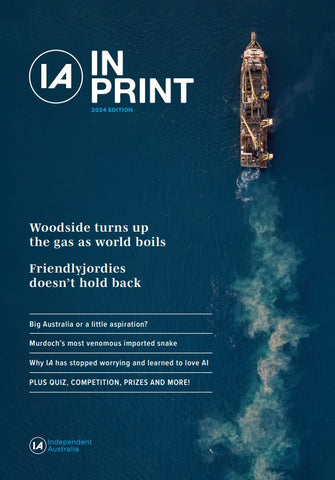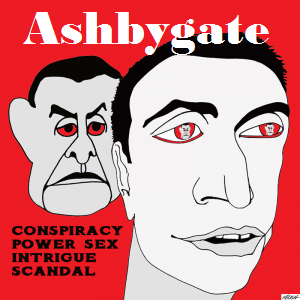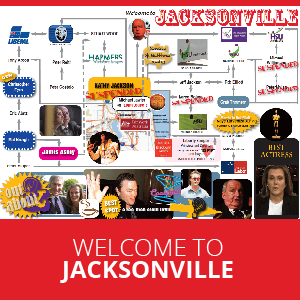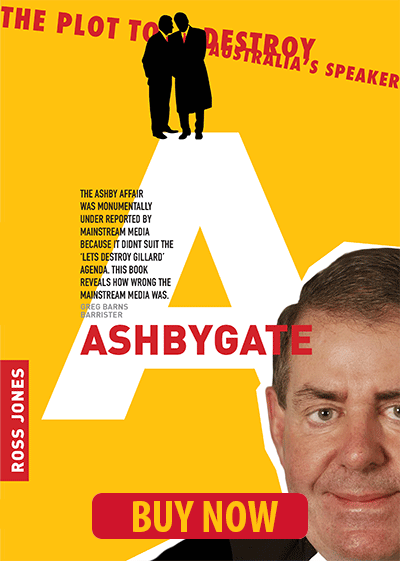A packed forum debating the Inner West’s Fairer Future Plan laid bare the growing policy divide over housing supply, affordability and investor influence, writes Jemma Nott.
THE SYDNEY Inner West Council recently held a community forum on the Our Fairer Future Plan.
The forum was packed to the brim, both with those on “YIMBY” side advocating the Fairer Future Plan agenda of building 3,500 new homes in the area and those advocating affordability, or in other words, those seeking to increase the percentage of affordable homes built within this plan, as well as those on the “NIMBY” side.
The Fairer Future Plan was narrowly approved by one vote on the night of Tuesday 23 September, despite opposition to a 3% affordability target. What’s most interesting about the forum, though, is that the Government has successfully shifted the Overton Window such that YIMBYs and affordable housing advocates at this forum all have one thing in common — they all start with the assumption that supply, largely due to migration, is the inherent problem that needs solving.
Or to the degree that those in the housing affordability camp don’t agree with that premise, they concede to it in order to win some more affordable homes.
However, as housing unaffordability across the country rapidly grows and most Australian major cities rank in the top ten least affordable in the world, at the federal level, all the Government has promised is the build-out of 1.2 million new homes. Although there isn’t substantial documentation of this phenomenon, what we currently know is that, according to the 2021 Census, there were 1 million unoccupied private dwellings.
Of course, this is not a static figure and state-level estimates suggest that about 15,000 dwellings in NSW are actually unoccupied year-round. These numbers don’t make it to the otherwise assumed fairly tight 1.7% vacancy rate in a state like NSW, though. Beyond that, 29% of Australia’s property market is owned by property investors.
Major private landlords in Australia who all own a minimum of 100, but sometimes up to 400, units between them, like Mirvac, Liv Indigo or Aware Super, all have the ability to confer local pricing power.
Beyond that, major developers like Peet Limited or Stockland consistently engage in the practice of land banking with over 49,000 lots for Peet Limited and 95,600 residential lots for Stockland because it is more profitable to let new developments sit and wait until they are more profitable to sell.
The Government’s federal plan, as well as the local Fairer Future Plan, does absolutely nothing to address the problem of land banking because, in both of these plans, developers like Mirvac and Lendlease still have ultimate control over when to sell. Among them, the major developers in Australia control thousands of entitled or proposed lots in NSW alone.
So, if the real challenge to be solved here was supply alone, rents in recent history would not have begun climbing at a time when we had net zero migration. Calendar 2021 saw the fastest annual rent growth since 2007, and with the upturn starting in August 2020 and continuing well into the whole of 2021, all a period where migration was either net zero or very low compared with pre-pandemic levels.
The most obvious answer as to why rents rose in 2021 was that the cash rate was 0.1%, making it easier for investors to snap up properties as sky-high profits were being made throughout the broader market. Indeed, investor loans rose by a record amount (between 8.9% and 15%) in states like Queensland and South Australia. The Build to Rent pipeline also expanded 68% from 2020 and into 2021.
So, why then is the solution not to merely have higher affordability targets attached to these government handouts that will inevitably drive up rent prices even further?
A Commercial Real Estate Services (CBRE) report estimates that Build to Rent schemes currently underway in Australia will have minimal effect on rents, which will still rise around 25% by 2030. Using these figures, even though they are likely very conservative estimates, the current limits of the National Rental Affordability Scheme are that those builds must be advertised as no more than 20% below market rate.
By the time these builds have finished, that leaves renters back at exactly 5% more out of pocket. Using Domain’s data, 20% below market rent in Sydney today for an apartment is $580 a week; in 2030 it will be an estimated $718 a week. At the current pace, wages are rising at half the rate that rents are, so the unaffordability gap at the end of it all continues to widen. Those in housing stress today are likely to still be in housing stress five years from now, even with access to housing under the NRAS' conditions.
Many will likely be left with the sense that the only politically viable solution in such extreme and desperate circumstances is at the fringes. However, many of these basic issues actually have many more permanent solutions in the form of scrapping negative gearing and increasing the capital gains tax.
The Liberal Party very successfully spooked any base that would bring a solution like this one back to the table post-Shorten, but removing the financial incentives in treating housing like an investment vehicle rather than as a necessity has always been the most permanent solution to this growing problem.
Unfortunately, for the propertied class in Australia, this will never be a popular solution because they know that they benefit from it even if they are simply an owner-occupier single homeowner. However, not removing these incentives will fast erode the quality of life and stability in Australia in a way that no homeowner will ultimately find tolerable in the long run.
The reality remains that unless we tax the Meritons and the Peets of the country properly, everyone loses. Even if all that new taxation wealth was spent on absolutely nothing of value, taxation would still disincentivise and arrest the ability of the major investors – the multi-millionaires and billionaires – of Australia to stop dumping their wealth in the Australian property market and creating a pricing monopoly.
What’s most important here is that we recognise that policy items like scrapping negative gearing or increasing the capital gains tax are not just line items in a slew of left-wing proposals from parties like the Australian Greens or historically Labor; they are also the only genuine defence against the problem that we’re currently facing.
At the local level, the Gold Coast Greens just launched a campaign to pressure the Gold Coast City Council to freeze rents, which is yet another alternative to completely acquiescing to this supply logic. Even the build-out of public housing, however valuable, only lessens immiseration for a percentage of the population. But decreasing the amount of wealth accumulated by those who are the richest in our country means increasing the amount of money that average workers keep — literally increasing the chance that the average Australian will be able to afford their mortgage in ten years.
Even the International Monetary Fund (IMF), hardly a radical left-wing think tank, argues that these tax concessions “distort Australia’s housing market”. Unless we scrap them, young people priced out of this market will continue to despair, but even more importantly, the foundation that keeps a worker invested in and attached to the social order of a nation or a system will continue to completely erode.
That Australians voted in a status quo party at the national level is not evidence that we have avoided putting ourselves on this path. Just looking at the U.S. should crystallise the current moment Australia is in — it’s a wealth tax or barbarism and it needs to become clearer to those in power which option we choose.
Jemma Nott is a Political Economy post-graduate student at the University of Sydney and a freelance writer.
 This work is licensed under a Creative Commons Attribution-NonCommercial-NoDerivs 3.0 Australia License
This work is licensed under a Creative Commons Attribution-NonCommercial-NoDerivs 3.0 Australia License
Support independent journalism Subscribe to IA.

Related Articles
- The human cost of Australia’s housing crisis
- The Great Australian Dream now belongs to landlords
- The Dom Pérignon buyers' scheme
- 'Insiders' ignores hard facts of housing crisis
- Housing crisis worsened by media fearmongering














